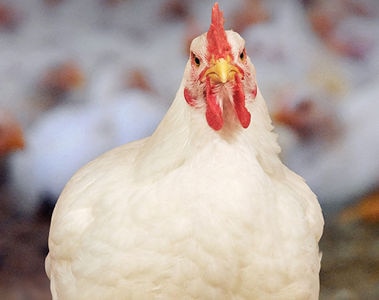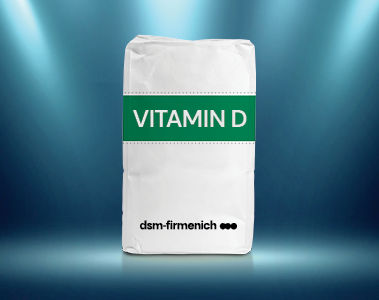Quality feed ingredients are critical for proper nutrition. Vitamins are essential to animal health and growth and the quality of those vitamins is important. The necessity of 25-OH D3 (Hy-D®, a vitamin D3 metabolite) has been well established as an ingredient for optimal health, growth and performance of poultry. Since vitamins and vitamin derivatives are required to formulate balanced animal diets, it is necessary to feed a quality product for the animals’ optimal development. Sourcing pure, quality ingredients is the first step to ensuring proper nutrition.
The importance of purity in feed ingredients
It is important to source quality ingredients for animal feed. Pure ingredients mean one less worry a nutritionist will have when formulating animal diets. Safe, pure, reliable sources are key to creating ideal diets and safeguarding animal health and productivity. When evaluating a feed ingredient for quality and purity standards some of the components to assess are:
- Traceability
- Safety
- Reliability
- Product characteristics
This assessment includes, quality analysis reports; product stability in straights, premixes and final feed; available testing capabilities; comprehensive manufacturing practices; ingredient composition analysis; quality starting materials; and ensuring continuous improvement standards for products and processes are in place.
When it comes to the vitamin D metabolite, 25-OH D3 (Hy-D®) all of these quality and purity characteristics are vitally important. Hy-D® is the storage form of vitamin D3 and is utilized in many biological systems of the animal including the immune system, muscle cells, and skeletal system to name a few. Knowing this feed ingredient has a direct impact on these key systems means it is imperative the ingredient is safe and pure. If a product as impactful as this metabolite was impure it can raise concerns for animal safety. The impact of formulating diets with one or more ingredients containing impurities can negatively affect animal growth, health, development or all of the above.
Quality Analysis
Quality analysis reports are one way to establish quality of any feed ingredient. These reports often include ingredient composition, physical appearance, density tests, flowability, solubility, dustiness, particle size distribution, uniformity, material coating, segregation, and long-term product quality in storage. Identifying these product characteristics can help determine a feed ingredients quality and purity. But it is just one element.



